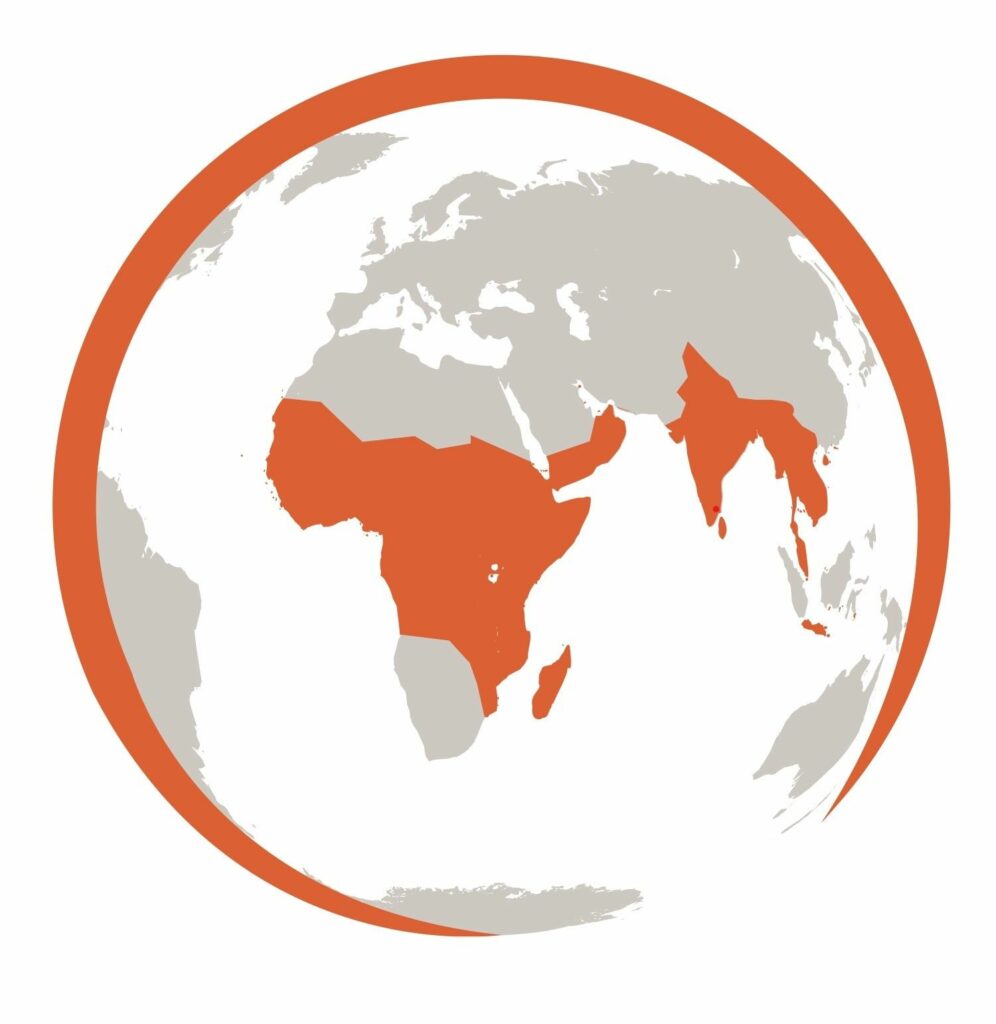Funders
USAID - US President's Malaria Initiative (PMI) / John Hopkins Center for Communication Programs
Location
Tanzania
Dates
2020-2025

Ninety-three percent of the population in mainland Tanzania and the entire population of Zanzibar live in areas where there is malaria transmission. Under the USAID/PMI-funded Tanzania Vector Control Activity (TVCA), the Johns Hopkins Center for Communication Programs (CCP) and its partners are responsible for ensuring distribution of insecticide-treated mosquito nets (ITN) in schools and health facilities in 14 regions of mainland Tanzania and delivery through communities and health facilities in Zanzibar. The work is closely coordinated with Tanzania’s National Malaria Control Programme (NMCP) and the Ministry of Health, and the Zanzibar Malaria Elimination Programme. TVCA began in 2020 and ends in December 2024.
Tropical Health supports the monitoring and evaluation components of the project, including monitoring ITN access annually at district level, advising on ITN quantification for school, community, and health facility distribution, monitoring retail sales of untreated nets and ITNs, and an annual vector control report. Data are used to generate evidence for the NMCP and its technical and financial partners to inform strategies for ensuring ITN access and use. We conduct capacity strengthening workshops with NMCP and partners to build skills in R (a free software environment for statistical computing and graphics) and data analysis to transfer the production of the annual vector control report to local scientists.
Tropical Health led the analysis and design of an annual vector control report, which synthesizes epidemiological, intervention coverage, entomological, and other data to guide NMCP and its partners on where vector control interventions need to be changed, boosted, or maintained. We model ITN Access at the district level to determine whether school ITN distribution should be maintained or increased, and found that school distribution could maintain ITN access at 80% or above while using fewer ITNs than three-year campaign strategies, using a population x 15% quantification approach for each annual school distribution. Our retail outlet surveys in 2020 and 2021 found that almost all mosquito nets sold in Tanzania are untreated nets (in review). We also published results from a comparison of mobile phone survey sampling approaches that could be used to generate regional-level estimates of ITN access.
Bill and Melinda Gates Foundation (BMGF) / International Federation of Red Cross and Red Crescent Societies (IFRC)
Global
2023 - 2026
UK Foreign, Commonwealth and Development Office and multiple donors
South Sudan
2023-2024
UK Department for International Development (FCDO)
Somalia
2018- 2021
Global Fund / Nigeria National Malaria Elimination Programme
Nigeria
2023 - 2024
Sightsavers, Ghana Somubi Dwumadie (FCDO)
Ghana
2022-2023
Global Fund MOSASWA (Mozambique, South Africa and Swaziland) region
Mozambique
2022-2023
UK DFID-led South Sudan Pooled Fund; other donors have included: Australian Agency for International Development / European Union / Canadian International Development Agency / Swedish International Development and Cooperation Agency / USAID
South Sudan
2012-2020
USAID - US President's Malaria Initiative (PMI) / John Hopkins Center for Communication Programs
Tanzania
2020-2025
Unitaid/ PATH/ IVCC
Mozambique
2020-2022
Bill and Melinda Gates Foundation (BMGF) / International Federation of Red Cross and Red Crescent Societies (IFRC)
Global
2023 - 2026
UK Foreign, Commonwealth and Development Office and multiple donors
South Sudan
2023-2024
Global Fund to fight AIDS, TB and Malaria
Cambodia, Capo Verde, Laos PDR, Sao Tome & Principe, Suriname, Thailand, Vietnam
2023